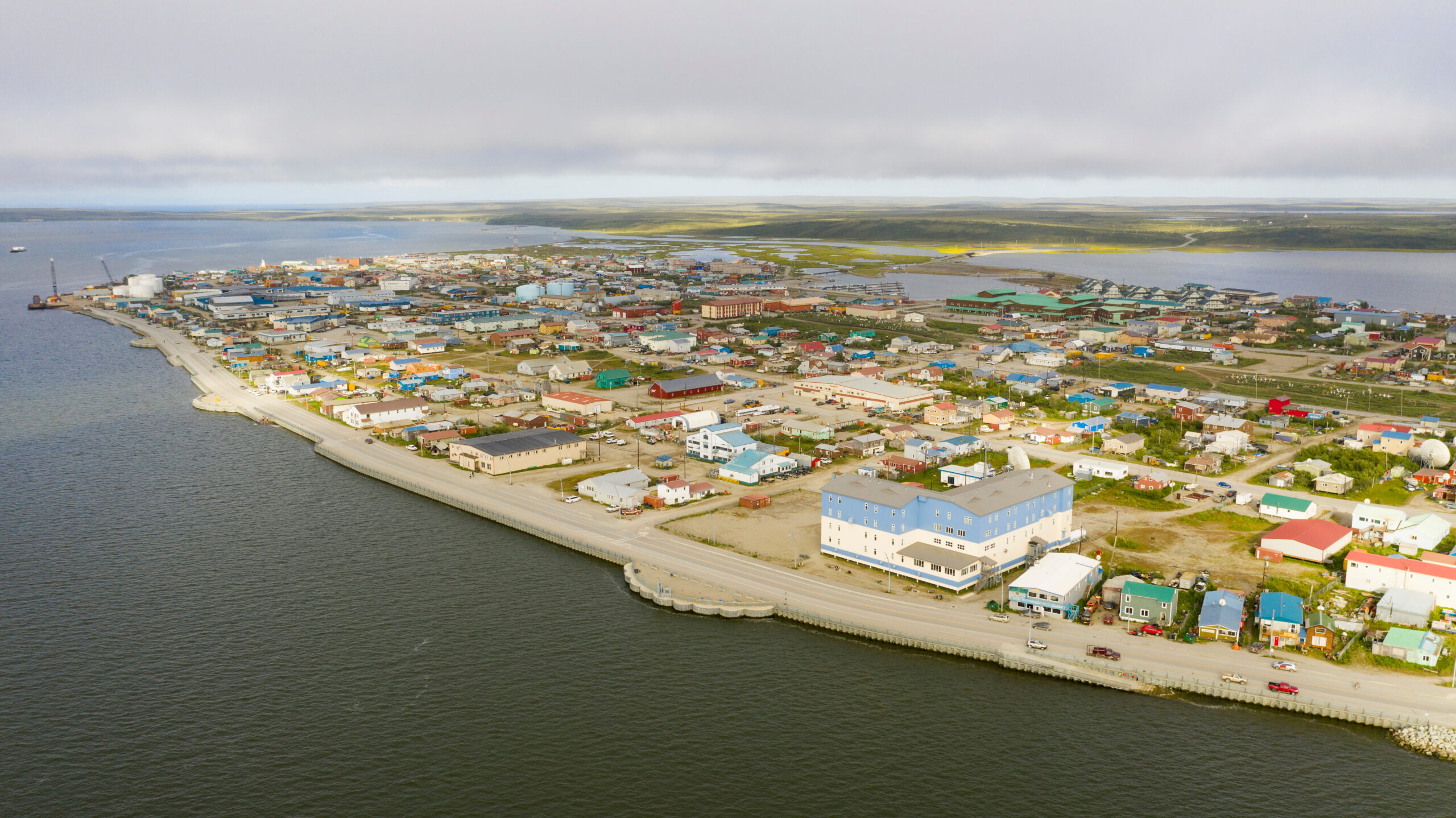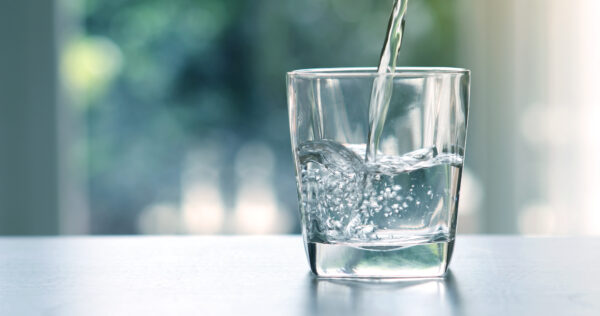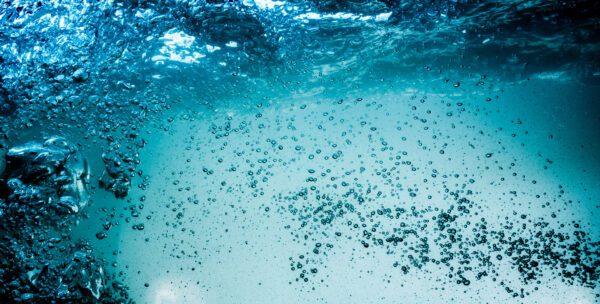RCAC Helps Kotzebue Navigate Arctic Water Crises

KOTZEBUE, Alaska — After weeks of punishing Arctic temperatures in the winter of 2024, residents served by the Swan Lake Water Loop in Kotzebue, Alaska, met a harsh reality: their water had stopped running. For this predominantly Iñupiat community of 3,100 situated on a narrow sand spit above the Arctic Circle, it was the second major water crisis in less than a year.
The first emergency began in late 2022, when anaerobic bacteria—a bacteria that does not cause health problems—infiltrated the pipeline from Devil’s Lake, Kotzebue’s primary water source. Iron and manganese levels rose, clogging filters just as the city was bringing its new water treatment plant online.
Before that situation could be fully resolved, back-to-back blizzards in March 2023 buried the town under historic snowfall, knocking out power across the community. With electricity down, the water treatment plant’s pumps stopped—a vulnerability made worse because the backup generator had not yet been installed at the new facility.
Then came the Swan Lake Water Loop crisis. The emergency began on Feb. 5, 2024, when an extreme cold period caused the water main and many service lines to freeze. This disruption cut water service to approximately 190 homes. Some households went without running water for almost two months before their service line was thawed.
“Once a water main freezes, all the services connected to the main can freeze too,” explained Greg Magee, a Small Utility Engineering Consultant with the Rural Community Assistance Corporation (RCAC) who has over three decades of experience working in Alaska on rural water systems. “That’s tough.”
Throughout both emergencies, community members demonstrated remarkable adaptability. During the Swan Lake Loop freeze, the city provided bottled water and access to a watering point at the water treatment plant. Many resorted to getting water from neighbors who were not affected or from cutting and melting lake ice for basic household needs. Local schools opened locker rooms so residents could shower.
“They’re determined,” said Magee. “One disaster after another, and they just came back fighting.”
The crisis drained the city coffers. The price tag for temporary repairs to the plant amounted to nearly $100,000 and a whopping $1.35 million to fix the Swan Lake Loop. However, a full replacement of the loop would cost up to $30 million. With limited funds available, city officials declared a local emergency and successfully secured additional disaster declarations from both borough and state governments.
For help navigating the complex world of federal disaster assistance, Kotzebue turned to RCAC. Magee helped the city apply for two grants through the United States Department of Agriculture’s (USDA) Emergency Community Water Assistance Grant (ECWAG) program, which provides up to $150,000 to help rural communities recover from drinking water emergencies.
“ECWAG can only cover part of the costs, but every bit helps,” Magee noted. “Small villages don’t have a lot of revenue sources — primarily state revenue sharing funds and maybe a sales tax.”
With RCAC’s guidance, Kotzebue submitted two grant applications in November 2024: $99,242 to reimburse the treatment plant repairs and $150,000 toward the $1.35 million cost to thaw the Swan Lake Loop. Both applications are still under review by USDA Rural Development and pending final approval.
Throughout remote Alaska, communities like Kotzebue struggle with similar infrastructure challenges: water systems constructed decades ago now showing their age, all while battling some of the harshest weather conditions in North America. In the case of the Swan Lake Water Loop, engineers had already identified vulnerabilities and were designing improvements, but the extreme cold struck before these upgrades could be put in place.
Kotzebue continues to face water quality challenges. In February 2025, the city issued a public notice about elevated manganese levels related to the original Devil’s Lake contamination. Meanwhile, a full replacement of the Swan Lake Loop is estimated at $30 million—funding the community will need significant outside assistance to secure.
Despite these challenges, Kotzebue continues its efforts to rebuild. The town has already secured capital funds for permanent repairs to the water treatment plant. Local contractors supported public works teams during the crisis, demonstrating the community’s self-reliance when facing overwhelming challenges.
Yet local ingenuity alone is not enough. Without support from the Rural Community Assistance Partnership (RCAP) network, communities like Kotzebue would face significant hurdles in accessing federal funding. The complex application process for USDA programs requires expertise that small communities often lack, especially when local staff are already managing emergency repairs and maintaining essential services. As RCAP’s western regional partner, RCAC has played a crucial role in helping Kotzebue navigate these waters and secure the funding necessary to rebuild and strengthen its water infrastructure.
Across rural Alaska, towns continue managing with infrastructure that was built decades ago, all while facing increasingly extreme weather conditions. For communities with limited resources, securing funding is about more than just fixing what is broken—it’s about survival.
“It’s a continuous process,” Magee said, reflecting on his decades of work with Alaska communities, “One step at a time, that’s how these systems eventually get repaired and replaced.”
This article is funded by USDA under RCAP’s Technitrain 2024-2025 grant.



